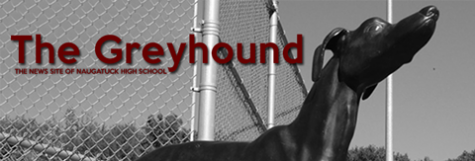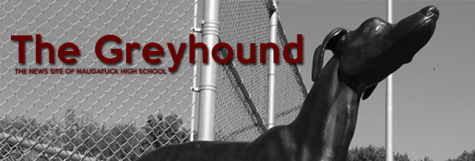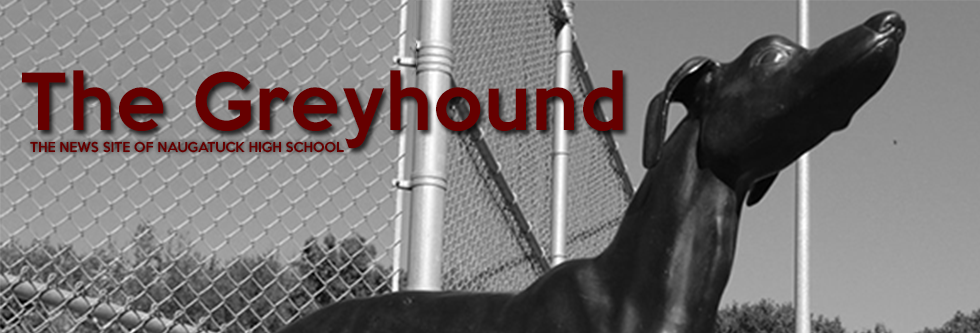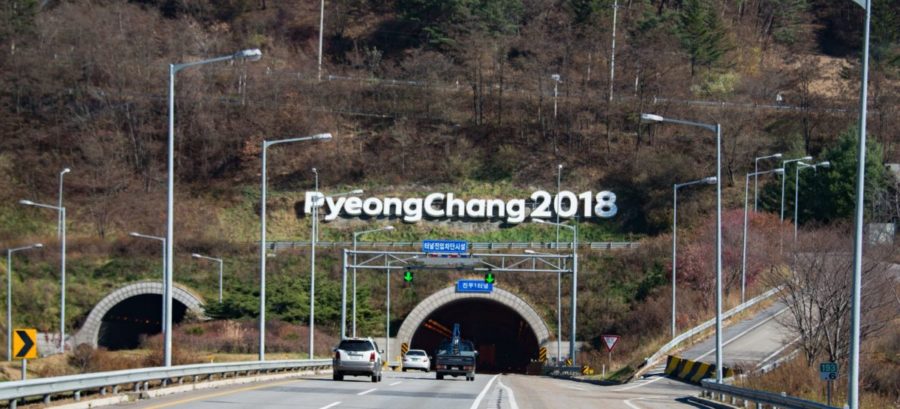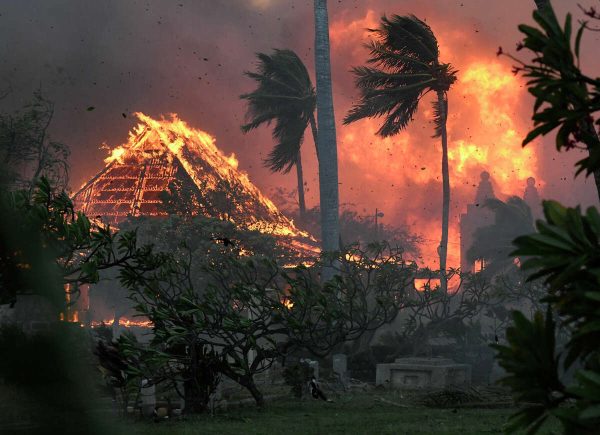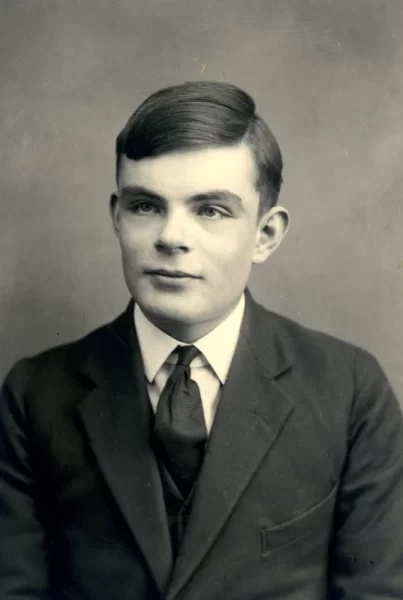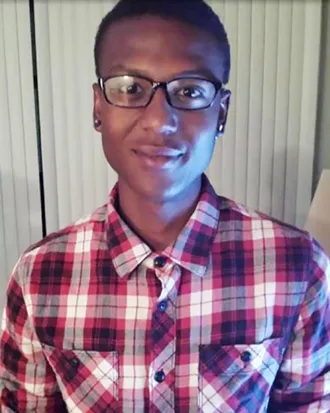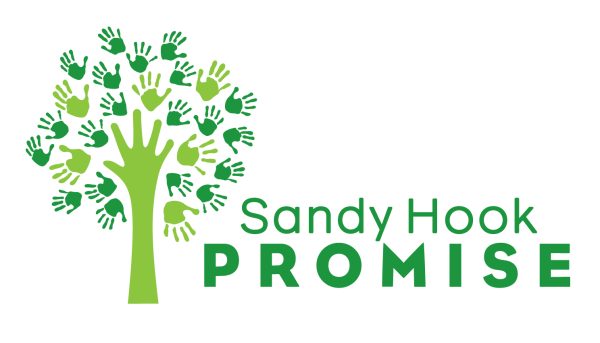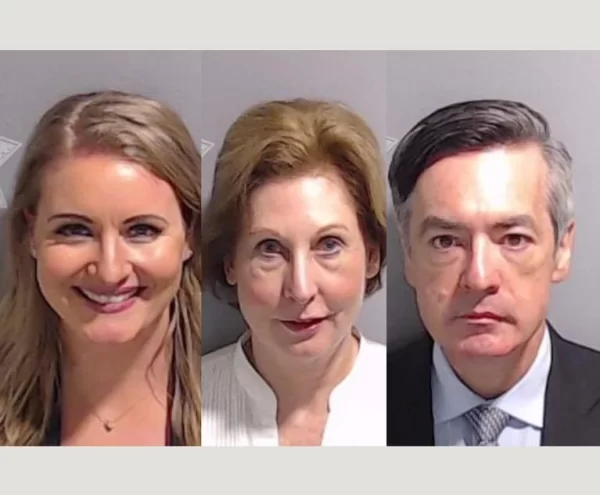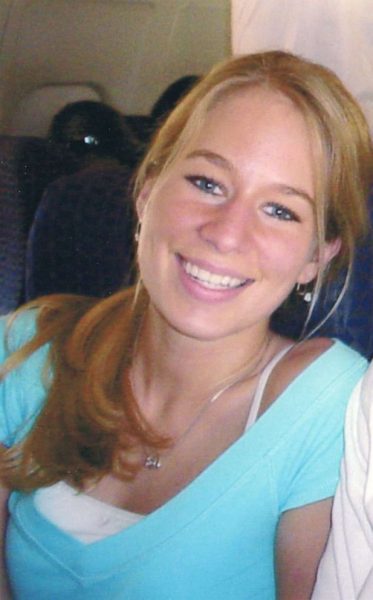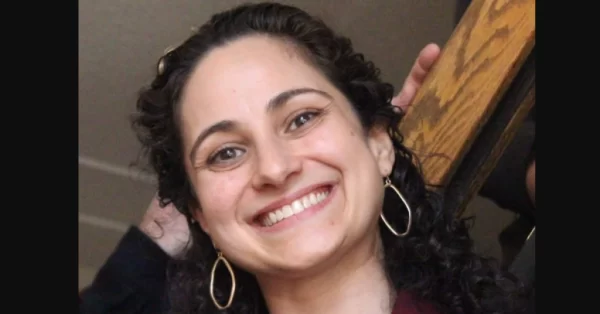North and South Korea meet about the Pyeongchang Olympics
On January 11, 2018, in a rare occurrence in history, negotiators from South and North Korea met at Panmunjom, a village located at the border of the Demilitarized Zone (DMZ). The topics discussed at the meeting varied from the weather to North Korea’s participation in the Winter Olympics in Pyeongchang, South Korea.
As a result of this meeting, both nations have officially agreed to march under a unified flag. The flag has a depiction of both Koreas in blue color against a white background. But, this is not the first time both nations have walked under a unification flag.
The first instance of the unified flag was at the World Table Tennis Championships at Chiba, Japan in 1991. Following this instance, South and North Korea walked together at the Summer and Winter Olympics in Sydney in 2000, Athens in 2003, and most recently in Turin, Italy in 2006.
However, the decision from both nations must undergo review from the International Olympic Committee. The purpose being to evaluate the potential impact the unified Koreas could have on the Winter Olympics.
In addition to this, the South Korean Unification Ministry stated that both North and South Korea will come together to cooperate in women’s ice hockey. With this development, both North and South Korea’s ski teams will train together at North Korea’s Masikryong Ski Resort, a landmark achievement by Kim Jong-un.
North Korea will send more than 400 people in their delegation of athletes and supporters. Half of the delegation will consist of cheerleaders for the North Korean team.
South Korea hopes the partnership in sports could help build a better relationship between the South and the North. The nation of the south also hopes to decrease the tension on nuclear and missile tests, following Kim Jong-un’s recent threats towards America, South Korea’s main ally.
Despite the conclusion that both North and South Korea have come to, the protests of South Korean Olympic athletes and citizens have risen. Since the release of the decision to the South Korean public, many conservative activists have set fire to printouts of the North Korean flag, Kim Jong-un, and the unification flag. Police are launching an investigation into the protests that occurred when North Korean singer, Hyon Song-wol, toured the city of Seoul. The North Korean singer is set to lead the artistic performances for the Pyeongchang Olympics and was inspecting facilities where the North Korean Samjiyon Orchestra is arranged to perform.
Recently, a poll created by a Japanese national broadcaster, NHK, disclosed that 70% of South Koreans did not support the decision for the women’s joint hockey team. But in another poll put out by Seoul National University about their opinion about the reunification reported that 53.8% said they supported the decisions for both nations to cooperate.
These two different results both demonstrate a divide in the South Korean public’s response to the upcoming joint activities. And with this, many critics say that they don’t know what the benefit will be from the unification march. A citizen from the South made a statement, “It almost feels like two different teams are forced to play together in the Olympics. Who’s benefiting from this anyway?”
Along these criticisms, researchers have also stated that the whole deal was a coalition. One researcher from Yonsei University, Seoul claimed that, “We have seen this so many times before. Nothing lasted.”
Not many think that the event will seal a better relationship between the two divided nations. But, there is still some optimism from the public.

I am in 12th grade. I am undecided about my future career. However, I would like to work in Science. I took journalism in order to improve my writing skills...
